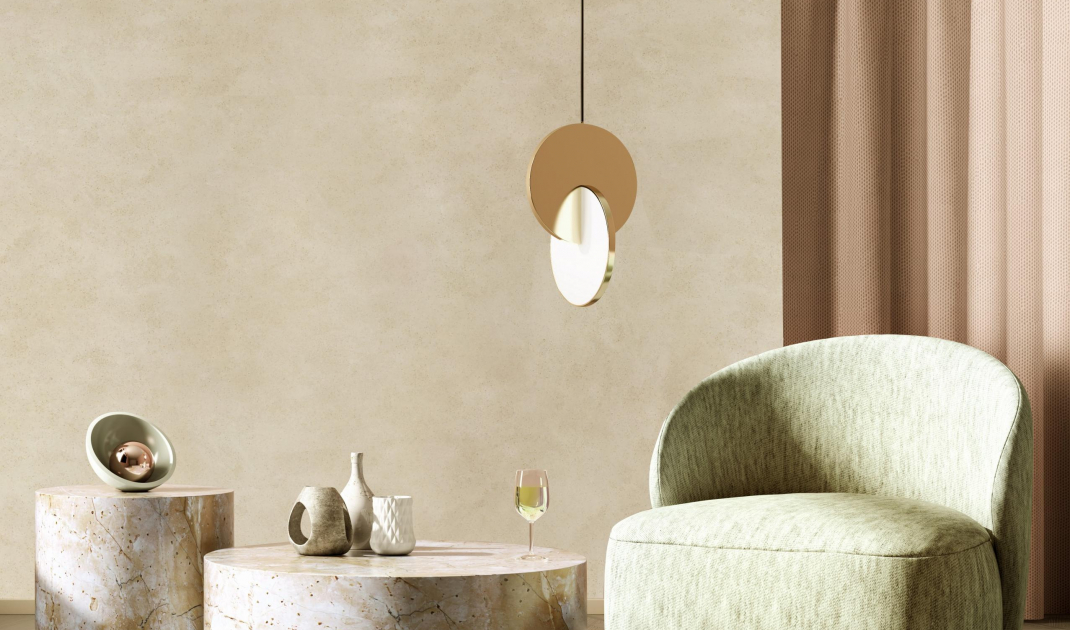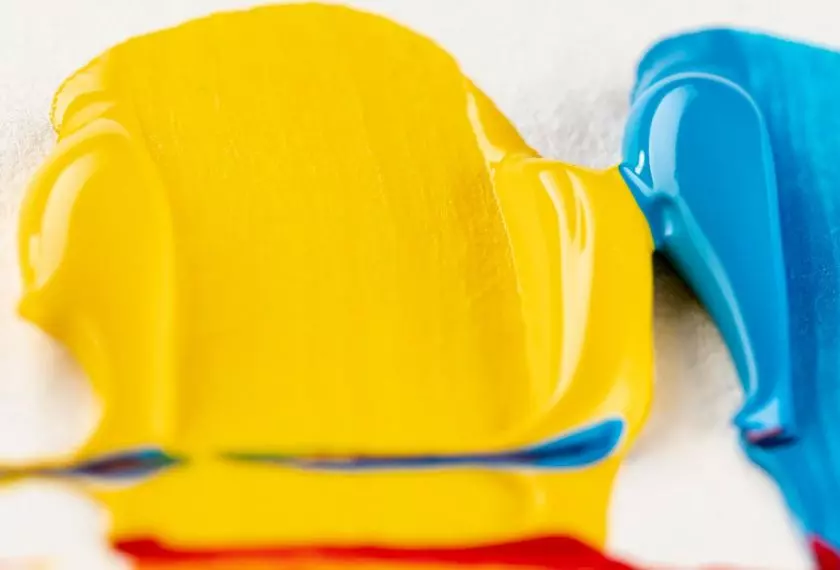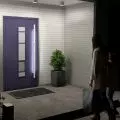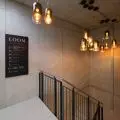Clay plaster insulates the interior and gives it an original look. In addition, it is a healthy, ecological material and produces a specific microclimate in the interior. No wonder, then, that clay plaster has recently gained great popularity, especially among those who want to live healthy and in harmony with nature, while decorating their home in a beautiful and unconventional way.
What to finish the walls with?
What is clay plaster?
Clay plaster is a type of plaster used for finishing walls and ceilings in buildings. It is a traditional building material that consists mainly of clay, sand and water. Clay plaster can be used both internally and externally. The material is environmentally friendly, as it contains no harmful chemicals or plastics. It is also biodegradable. Clay plaster can also improve the thermal and acoustic insulation of rooms.It also has the ability to absorb and then release moisture from the air. So it will work especially well in rooms intended for allergy sufferers with upper respiratory diseases, but also skin conditions. An undoubted advantage is the ease of repairing the plaster. If it is damaged, it can be easily repaired by adding a new layer. Moreover, clay plaster is less susceptible to the development of mold and mildew compared to other finishing materials. Clay plaster also got popular in interior design due to its natural, warm appearance.
What finishes can be achieved with clay plaster?
Clay plaster is versatile. If you want perfectly even surfaces, choose a fine-grained plaster, which, like a gypsum smooth, will fill in all imperfections. With coarse-grained plaster, on the other hand, you will get a more or less visible texture. If you like roughness, unevenness and want to get the look of unfinished walls, this option will work perfectly. When you get bored with the current effect, just wet the walls and make a new thinset obtaining a completely new texture. Clay walls blend beautifully̨ with other natural raw materials — wood, brick, rattan, linen and braided jute, bamboo, sea grass.
With clay plaster you can achieve a smooth, textured or decorated effect
© Dynamic DynaClay/Decorian Home
Where to buy clay plaster?
Well known companies conduct rigorous testing and quality control of their products to ensure that they comply with standards and meet certain quality standards. When you choose clay plaster from such a company, you can be sure that the product will be durable and reliable. One such company is Baumit. Atlas and Optolith offerings are also worth noting. The full list of manufacturers we recommend can be found in the search engine of the Products for Home portal under the keyword „clay plaster”.
How much does clay plaster cost?
The price for applying clay plaster, taking into account both materials and labor, ranges from PLN 70 to PLN 180 per 1m2. However, these amounts can vary significantly depending on the type of plaster and the rates of the professional.
Can clay plaster be painted?
Yes, clay plaster can be painted, just like many other types of plaster. It is important to properly prepare the surface of the plaster before painting. All dirt, dust and any irregularities should be removed. In the case of clay plaster, it is recommended to use a suitable primer before painting. Its choice depends on the type of paint you plan to use. The primer will help increase adhesion and prevent the plaster from absorbing the paint. When choosing a paint for clay plaster, you should pay attention to those with low VOC content, which are more environmentally friendly. You can choose acrylic, latex or other paints suitable for painting on mineral surfaces. It is always a good idea to do a test on a small area before painting the entire surface. This way you can make sure that the paint will have the right appearance and adhesion. Painting clay plaster can be done with a brush, roller or spray method, depending on the effect you want to achieve.
Clay plaster does not have to, but can be painted
Photo: Mood Autors Paweł Marcinkowski
How to lay clay plaster?
Surface preparation
The most important step is to properly prepare the surface to which the plaster will be applied to. Make sure it is clean, dry and smooth. If there are cavities or unevenness, you can eliminate them, but be sure to precede this with a suitable primer or coating.
Preparation of the mixture
You can prepare clay plaster yourself by combining clay, sand and water in the right proportions. These depend on the specific mixture. Mix it thoroughly until a uniform consistency is obtained.
Application of the base layer
Apply the first layer of clay plaster to the prepared surface. Use a float, trowel or other plastering tool for this. Try to maintain a uniform layer thickness. You can also embed natural fibers, such as straw or reed, into the plaster to increase the strength and insulation.
Leveling and smoothing
After applying the base layer, use smoothing tools to evenly distribute the plaster and achieve the desired smooth surface effect. You can also create decorative patterns or textures.
Drying
The speed of drying depends on the temperature and humidity. It is a good idea to provide adequate ventilation to speed up the process. During drying, the plaster may change color.
Subsequent layers
If the project requires more than one layer of plaster, repeat the application, leveling and drying process for each subsequent layer.
Final finish
Once the drying process is complete, you can decide on further finishes for the plaster, such as painting, applying protective coatings or adding other decorative elements.
The drying time of clay plaster depends on the thickness of the plaster layers, temperature, humidity and the type of clay mix
© Dynamic DynaClay/Decorian Home
How long does clay plaster take to dry?
The drying time of clay plaster can depend on several factors, such as the thickness of the plaster layer, temperature, humidity and the type of clay mix. This type of plaster usually dries slower than others.
Here is the approximate drying time:
First layer of plaster
The first layer of clay plaster can dry from a few hours to a few days, depending on the temperature of the room. At first, the plaster may be sensitive to mechanical damage, so avoid touching it excessively.
Subsequent layers
If you apply more than one layer of plaster, each layer must be completely dry so that you can move on to laying the next one. The drying time of successive layers should be close to that of the first one.
Full curing
Full curing of clay plaster can take from a few weeks to several months, or even longer, depending on the thickness of the layers, the humidity of the environment and other factors. It is advisable to wait until the plaster has reached its full strength before further finishing work, such as painting.
Environmental conditions
Higher temperatures and lower humidity will speed up the drying process, while lower temperatures and higher humidity can delay it.
It's a good idea to monitor the process by observing changes in the consistency and color of the plaster and touching it to see if it's hard and dry. Also remember to properly ventilate the room to speed up the drying process and avoid over-concentration of moisture in the plaster.
***
We encourage you to use the database of reputable and reliable paint and plaster manufacturers we are building in the Products for Home portal, as well as the articles we publish about paints and plasters.




























